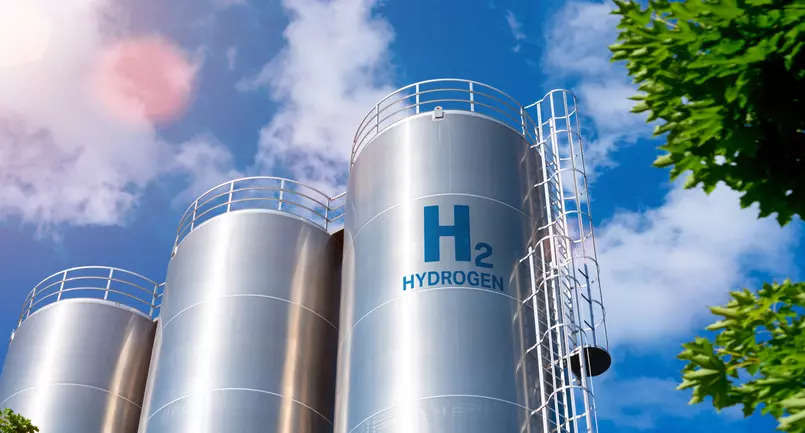As countries work to reduce their reliance on fossil fuels due to climate change concerns, a race to secure future energy sources is underway. Green hydrogen, produced in an environmentally friendly manner, is widely regarded as the most dependable source of energy in the future.

Highlights: India’s efforts to transition to clean energy and the challenges
- Seasonality is a problem for solar and wind energy. Solar and wind energy have nearly been tamed, but their intermittent nature and seasonality remain a challenge.
- Nuclear energy’s high cost: Nuclear energy has been used for several decades, but its cost remains a constraint.
- Electric vehicles are still inconvenient: Despite their increasing popularity, electric vehicles lack the convenience of gasoline or diesel.
- The government’s approval of the National Green Hydrogen Mission: A long-awaited decision, the government recently approved the National Green Hydrogen Mission. The nearly Rs 20,000 crore mission aims to build domestic capabilities in developing technologies to produce hydrogen, an element that is abundant in nature but never alone, necessitating segregation.
What exactly is Green Hydrogen?
- No harmful gases are emitted: Green hydrogen is hydrogen that is produced with no harmful greenhouse gas emissions.
- Water electrolysis produces: It is created by electrolyzing water with clean electricity generated by surplus renewable energy sources such as solar or wind power. Electrolyzers use an electrochemical reaction to split water into its constituents, hydrogen and oxygen, while emitting no carbon dioxide.
- It is an energy-intensive process for splitting water into hydrogen and oxygen that uses renewable energy to accomplish this.
Green hydrogen is the most dependable source of energy for the future.
- Future energy sources: Green hydrogen, produced in a clean process, is widely regarded as the most reliable source of energy in the future.
- Fuel for vehicles or electricity generation: It can be used to generate electricity as well as as a fuel in industries or vehicles.
- Cost-effectiveness has not yet been achieved: Even though the technology for producing hydrogen without emitting any emissions is not yet mature or cost-effective, it is a key component of several countries’ plans to achieve net-zero emissions by the middle of this century.
- Production is costly: Because production is costly, green hydrogen currently accounts for a small percentage of total hydrogen. Green hydrogen currently costs between $300 and $400 per kilogram in India.
Late entry in Solar energy: a lesson to be remembered
- Green hydrogen is still in its infancy: efforts to harness hydrogen energy in a clean and affordable manner have increased significantly in recent years. Green hydrogen is, in many ways, where solar energy was 10-12 years ago.
- The technology to harness energy was available but not cost-effective: The technology to harness energy was available but not cost-effective. Then, in less than five years, a combination of technological advancement and massive demand in countries such as China drove down the prices of solar photovoltaic cells by 80-90 percent, making solar energy an extremely appealing proposition.
- India entered the solar revolution a little late: India entered the solar revolution a little late after prices had dropped. While India is now one of the most important players in solar energy, the majority of raw materials and components are imported.
- The major concern: There are already concerns that India’s inability to develop domestic solar manufacturing capabilities will only result in the country shifting from one type of dependency on oil imports to another.
National hydrogen mission: India’s efforts are on the right track
- Early adoption of hydrogen energy: India is making a relatively early foray into a still-nascent technology domain with the hydrogen mission.
- The development of domestic manufacturing capabilities is emphasized: It is reassuring to see that the majority of the mission’s financial allocation is geared toward developing domestic manufacturing of electrolyzers, the equipment used to separate hydrogen from water molecules, and hydrogen production.
- Allocating funds for R&D is a step in the right direction: A significant portion of the funds have been set aside for R&D activities with the goal of developing globally competitive technologies.
@the end
India is making a relatively early entry into a still nascent technology domain with the much-needed hydrogen mission. It is critical not to miss the bus this time, as the solar revolution did. For the time being, the government appears to be on the right track.
Source: https://indianexpress.com/article/explained/indias-green-hydrogen-push-national-green-hydrogen-mission-8361850/
